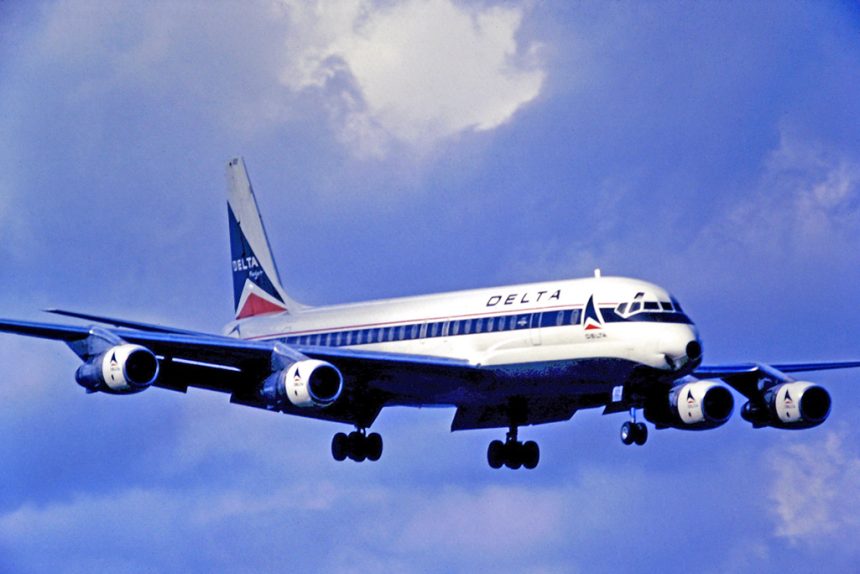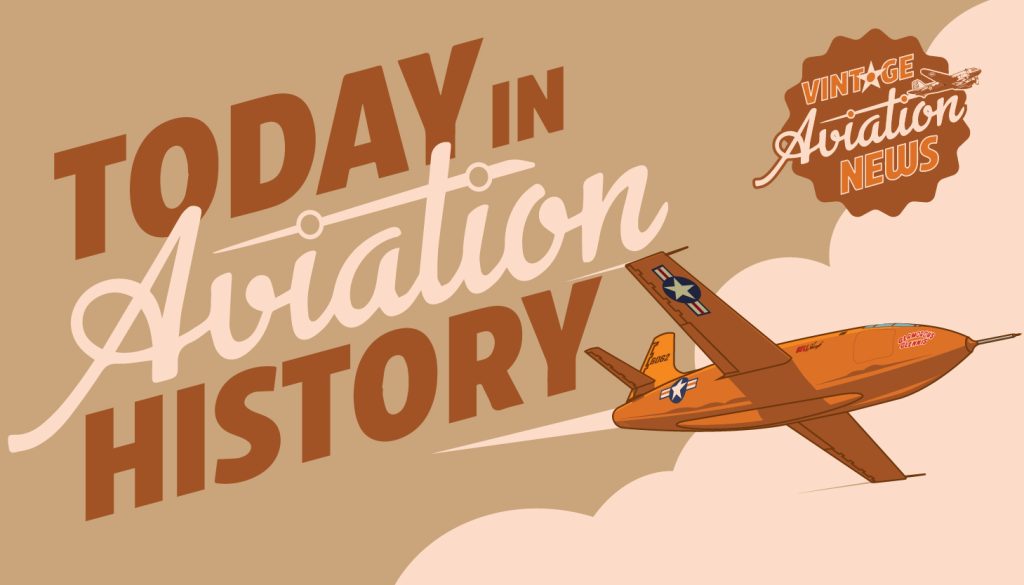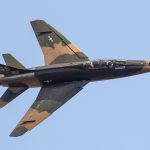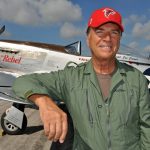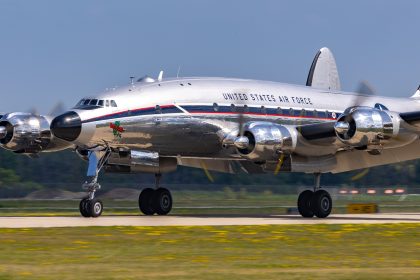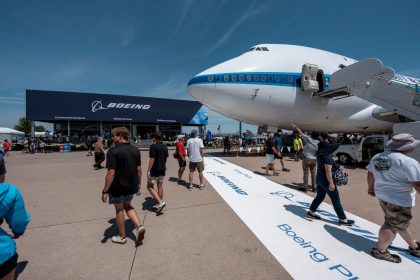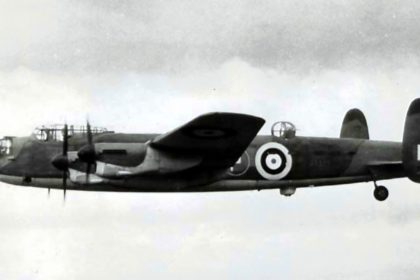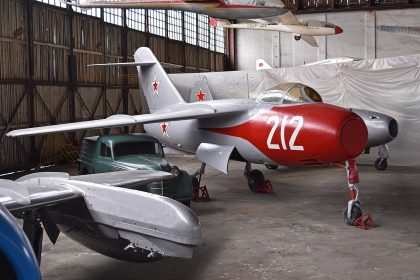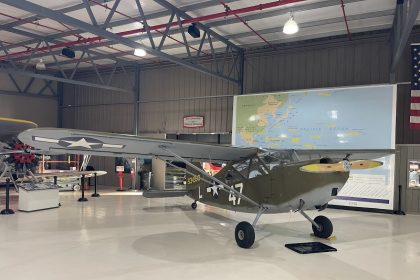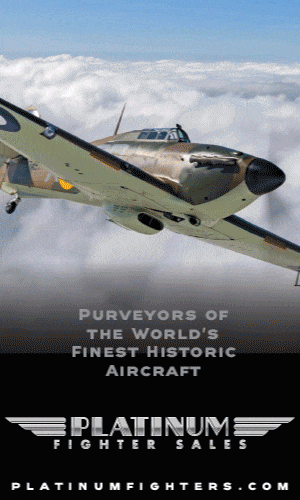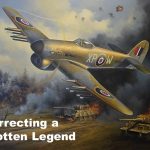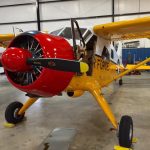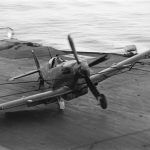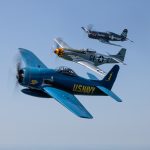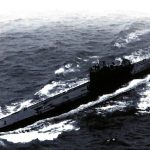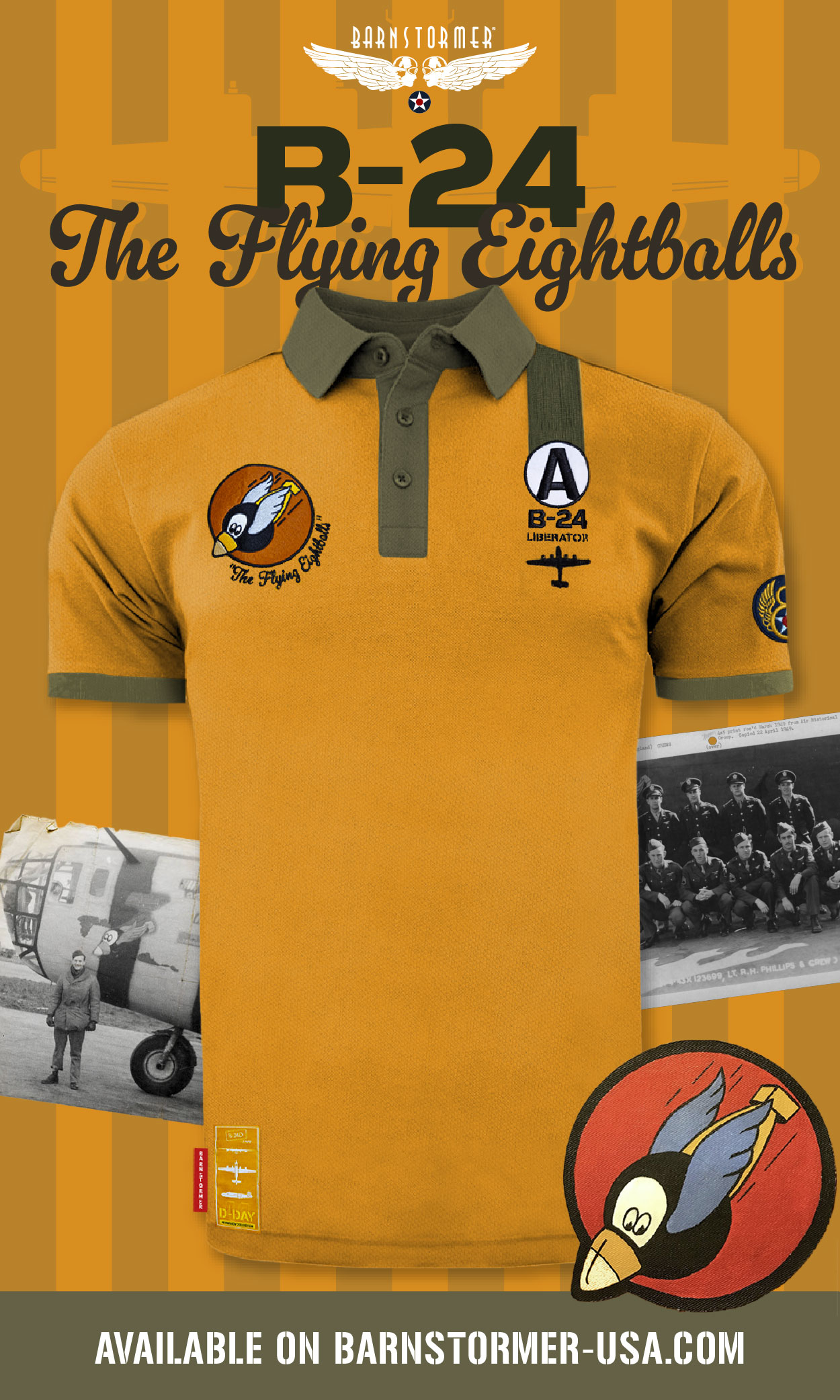On this day in aviation history—67 years ago, on May 30, 1958—the Douglas DC-8 made its maiden flight. At the controls was Douglas Aircraft Company test pilot Arnold G. Heimerdinger, accompanied by co-pilot William M. Magruder and systems engineer Paul H. Patten. The prototype aircraft, DC-8-11 (c/n 45252, registered N8008D), departed from Long Beach Airport (LGB) in Southern California at 10:10 a.m., launching the legacy of one of the most influential early jetliners.
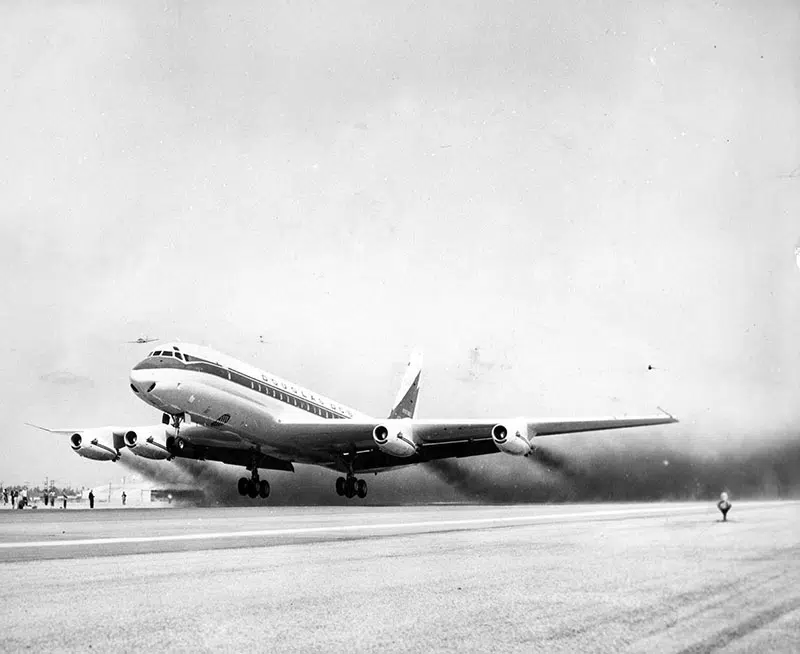
The DC-8 was Douglas Aircraft’s response to the growing demand for jet-powered commercial aircraft in the 1950s. The design originally stemmed from the company’s bid to supply the U.S. Air Force with a jet-powered aerial refueling tanker. Although Boeing ultimately secured the military contract with what became the KC-135 Stratotanker, Douglas shifted its focus to the civilian market, developing a commercial variant—the DC-8—to compete directly with Boeing’s 707.
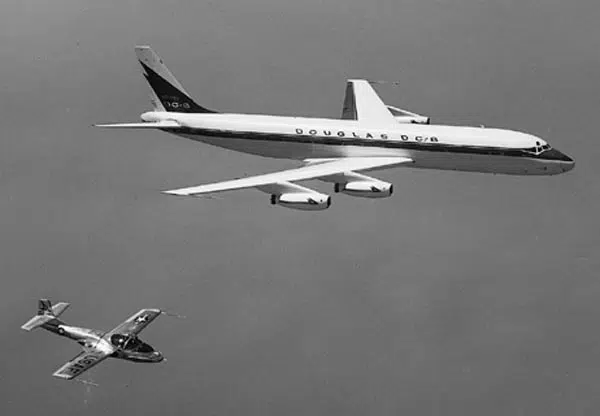
The DC-8 was a narrow-body, long-range jet airliner that helped usher in the jet age for commercial aviation. Introduced into service in 1959, the DC-8 was operated by several major airlines, including United Airlines, Delta Air Lines, and later UPS. The DC-8-50/55 and 61/62 series were powered by four Pratt & Whitney JT3D-3B turbofan engines, each producing 19,000 pounds of thrust. The aircraft cruised at Mach 0.82 (approximately 556 mph) and had a range between 3,200 and 5,855 miles, depending on the model. Passenger capacity ranged from 189 to 259, in addition to a standard three-person cockpit crew.

Douglas produced 556 DC-8s between 1958 and 1972. While the majority have since been retired, 13 aircraft are known to survive today, and four remain airworthy. Remarkably, two DC-8s still fly commercial cargo routes in the Congo for Trans Air Cargo Service, while DC-8 OB-2231P remains active with Skybus Jet Cargo in Peru. In the United States, DC-8-72 N782SP holds the distinction of being the last American-based DC-8 still flying. It is operated by Samaritan’s Purse, a humanitarian relief organization.








